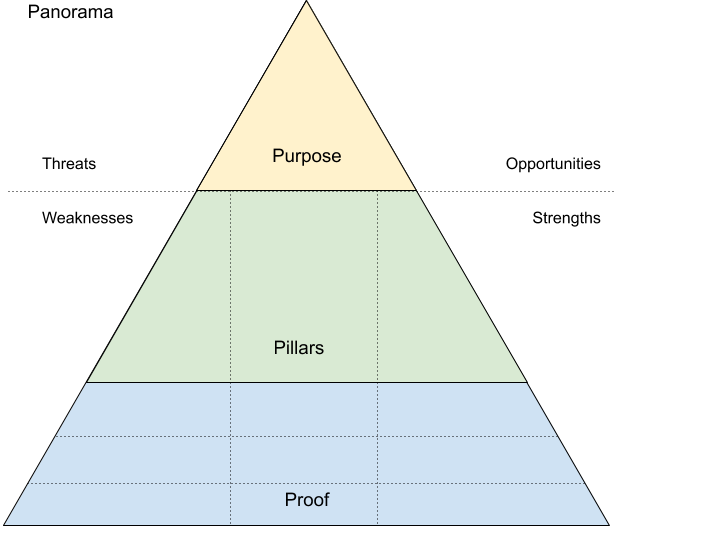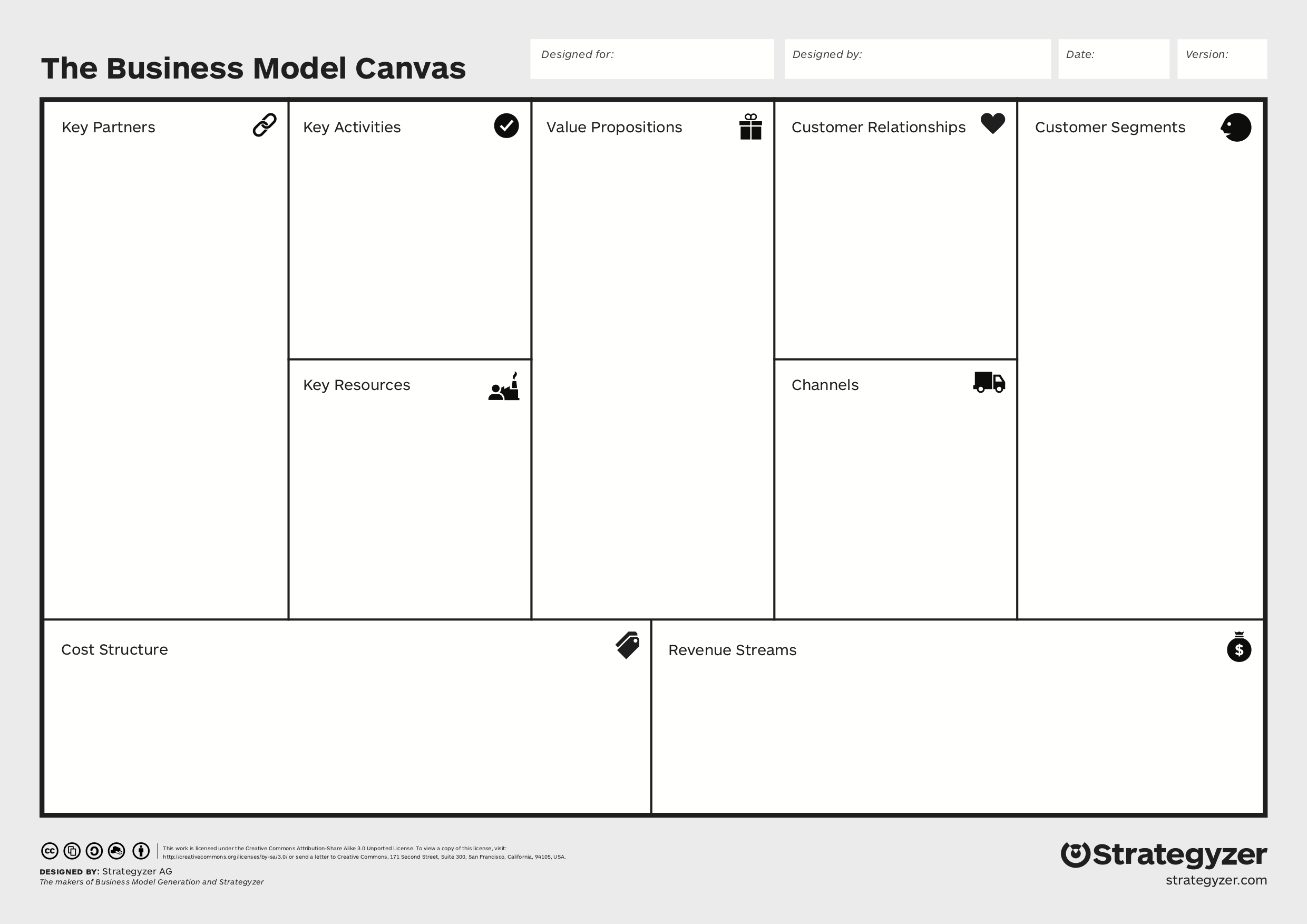Planning Through the Pandemic – Part 5
 On Monday we began a week-long series on how to plan through this current pandemic. We identified four steps that every organization should be taking within the context of three planning horizons. Today we finish up the series by looking at the final step: Strategy Development.
On Monday we began a week-long series on how to plan through this current pandemic. We identified four steps that every organization should be taking within the context of three planning horizons. Today we finish up the series by looking at the final step: Strategy Development.
Undoubtedly you’ve been asked “what’s your strategy” for getting through this crisis. You’ve probably had an answer, but maybe one that you weren’t even sure of yourself. Hopefully this week’s articles have provided a stronger foundation. But to answer that question, we first need to identify what a strategy even looks like. My definition is a bit unorthodox, but I like to think of a strategy as a framework that makes hard decisions easier.
Over the years, I’ve adapted some existing tools into what I call the Purpose Pyramid:

The Situation Assessment that we talked about on Wednesday provides the Panorama within which we develop our strategy. That strategy starts with our Purpose – what we are trying to accomplish. Below the Purpose are three Pillars – what are the three things that absolutely need to be true for us to accomplish our Purpose. Under each Pillar are three Proofs – the three most important things we need to do for that Pillar to become true.
Normally I think of a strategy as a long term framework, but these aren’t normal times. Many organizations will experience more change between February and December of 2020 than they’ve experienced over the past five years. This is also a period of unprecedented uncertainty, so it is completely appropriate and worthwhile to develop a strategic framework for each of the four scenarios in each of the three planning periods.
For example, your Purpose for the “right now” may be “Survive this crisis, retaining the ability to serve our customers and love our employees.” The Pillars under that Purpose may be “Cut Operational Costs”, “Launch New Delivery Models”, and “Retain Key Employees”. The specific Proof actions taken under each Pillar may differ significantly under the different scenarios for the “right now.”
The Purpose Pyramid for the “new reality” would look more like a traditional long-term strategy. For example, for my business, the Purpose might be “Honor God by helping businesses develop sound strategies.” My three Pillars might be “Deliver Customized Advisory Services”, “Develop Tools To Accelerate Strategic Decision Making”, and “Tell Tales and Share Tools”. Again, the specific Proof points will likely differ significantly under different scenarios.
Proverbs 24:3-4 tell us that “By wisdom a house is built, and by understanding it is established; by knowledge the rooms are filled with all precious and pleasant riches.” Of course, the fear of the Lord is the beginning of true wisdom, but I hope that I’ve been able to provide a framework and some tools to help you as you seek the Lord’s guidance in building a business that will withstand this current storm and those storms that will undoubtedly come in the future. Let me know if there’s anything I can do to help you through this process.
Top Photo credit: Anastasia Petrova
Planning Through the Pandemic – Part 5 Read More »



